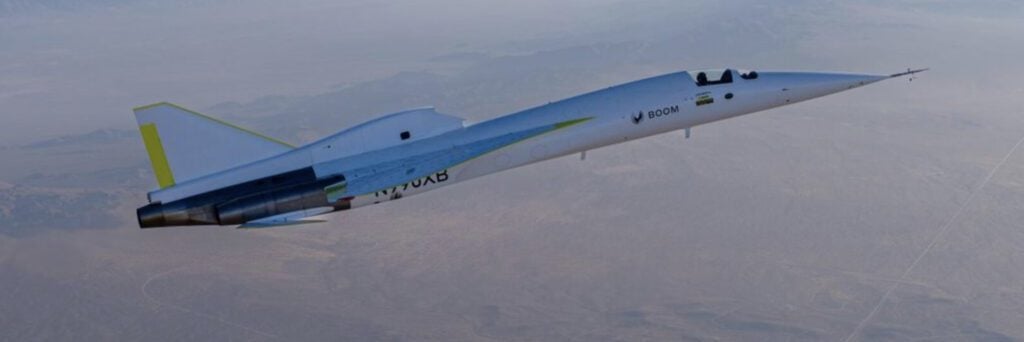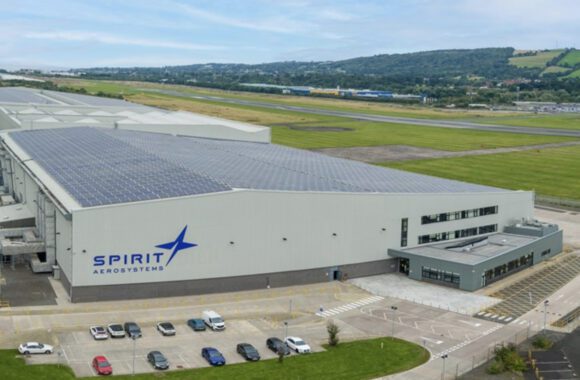
Boom Supersonic, which flew its XB-1 proof of concept aircraft past Mach 1 on January 28th, undertook its second successful supersonic flight earlier today. The success of reaching Mach 1 is only a tiny part of the story. The promising news is that despite breaking the sound barrier three times during each test flight, which reached Mach 1.12, no sonic booms were heard on the ground due to the Boomless Cruise.
Low Sonic Boom Technology
Low sonic boom technology is important to the company, as Boomless Cruise technology can be a game-changer for supersonic operation over land, which is currently prohibited. Boomless Cruise relies on the Mach Cutoff, in which a sonic boom refracts in the atmosphere and never reaches the ground. While the physics are complex, they are well known.
“XB-1 broke the sound barrier three times during its first supersonic flight—without an audible boom,” said Blake Scholl, Founder and CEO of Boom Supersonic. “This confirms what we’ve long believed: supersonic travel can be affordable, sustainable, and friendly to those onboard and on the ground. With this success, we’re bringing Boomless Cruise to Overture, unlocking faster travel on even more routes.”
Data Driving Future Operations
The data show that supersonic flight without the disturbance of a sonic boom is possible—opening the door to supersonic travel over land onboard Boom’s supersonic airliner, Overture. The sound was measured through several specialized microphone arrays under the aircraft flight path, confirming that sonic booms did not reach the ground. Using the data collected, Boom validated its sonic boom models to predict operations in Mach cutoff better. This is the door opener to supersonic travel over land with the planned Boom Overture supersonic aircraft.
A boomless cruise enables Overture to fly at speeds up to Mach 1.3 over land without an audible boom, reducing coast-to-coast flight time by about 90 minutes. Today’s regulations restrict overland flights to subsonic speeds, which Overture would operate at Mach 0.94. It would only break the sound barrier over water, where it would speed to Mach 1.7.
Today’s second supersonic broke the sound barrier three more times and can be viewed here.
The Bottom Line
The proof of concept for Boom is moving forward successfully. The next stage, however, is the development of the aircraft and engine, which will take both time and lots of cash. With 130 orders from American, United, and Japan Airlines, the company will have a market for the aircraft, which would restore the first supersonic operations since Concorde. While there is a long way to go, the initial steps look promising, and gaining supersonic experience with the XB-1 will provide the data required to develop the Overture aircraft.
Views: 98




